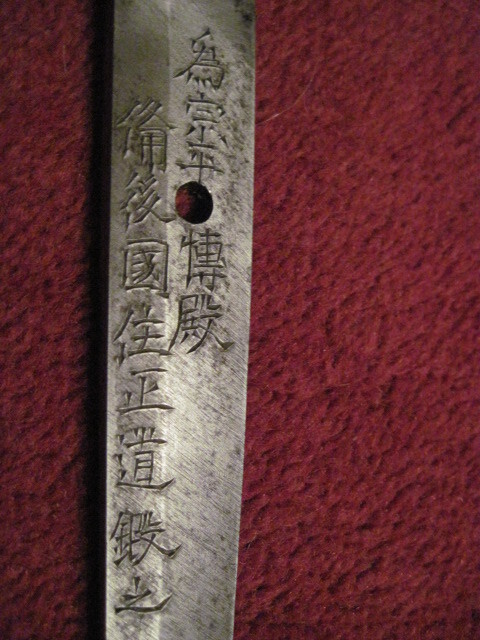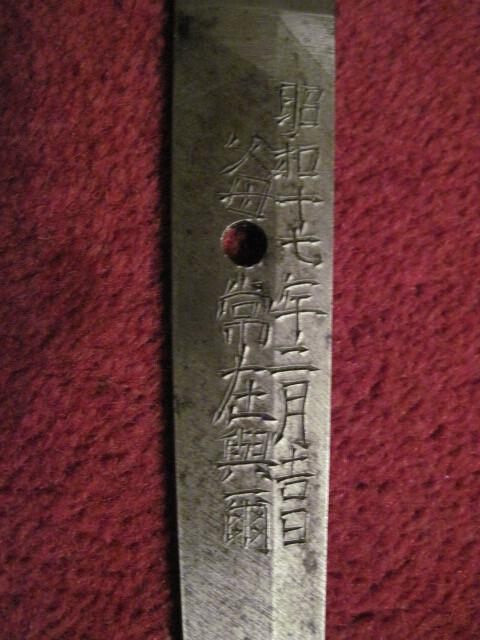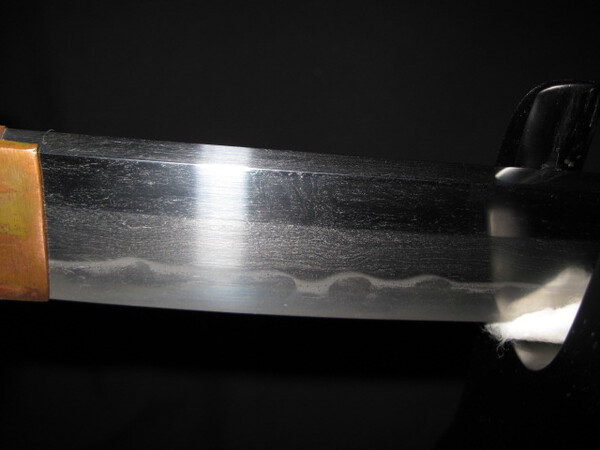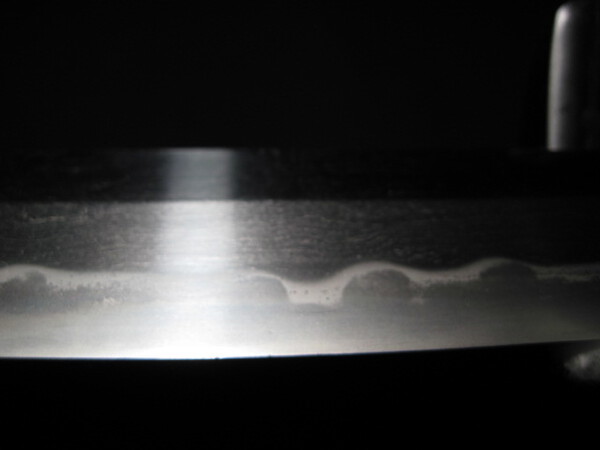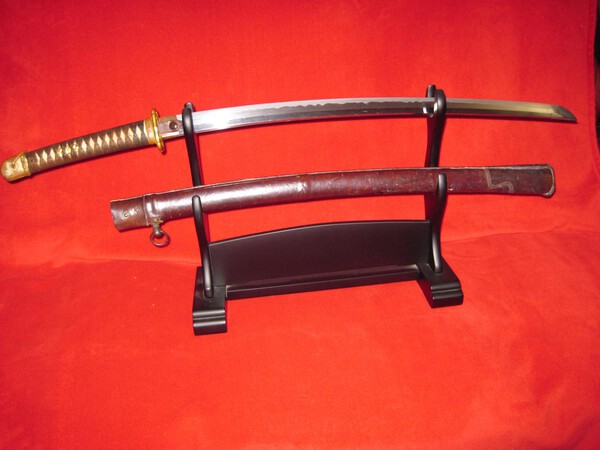Leaderboard
Popular Content
Showing content with the highest reputation on 11/15/2020 in all areas
-
3 points
-
Hi Mal. Thanks for your kind words....yes detailed (you should see my notes!) but I did it as we owe it to the sword community to leave as detailed information as possible behind us...as you have done with your very meticulous publications...which I use still. So a big thank you to you. (speaking of your Mino book...you must have noticed my comments/guess on sword #10 in my article...maybe Aizu 11 gen Kanesada (or not) haha). Actually, I mean to comment of the topic here about the two holes in a WWII tang, I have to admit that I have seen this a number of times, but never thought to check for a kizu correction machi okuri job as the reason...so thanks for that observation...also this discussion...never too old to hear fresh ideas. Regards all,3 points
-
From the minimum I can see, I would err on Shinto/ ShinShinto made in the fashion of Nanbokucho. May I suggest that you grab an online diagram of a Japanese sword and its parts as well as a glossary of key terms so that you are clear what is being discussed and we have a productive chat. Surprised no one has suggested it yet but you should: - measure the blade kasane / thickness: if 5-6mm then could theoretically be Nanbokucho (if things below also stack up) but if 7-8mm+ you are clearly likely looking at a newer blade - look at the hada: the skin of the steel on the side above the hamon. To me it looks too uniform in one of the pictures: a sign of a newer blade, generally (let us not go into the subtleties of fine Rai or Awataguchi here). The more diverse and rich the hada, generally the more likely you are to be in the older period or be confronted with one of the Shinto masters - look at the boshi: to me it looks like it follows the fukura, ie the curve of the blade tip. If indeed the boshi is so simple, it points to non-Kamakura usually - another small sign: look at the shinogi-ji end check if the hada there is straight (masame) or not. Straight, ceteris paribus, equals newer. - compare the kasane of the nakago vs the kasane of the blade to establish how any polishes it has seen And there are other things to look out for (such as the mune shape, how the hamon starts at the machi, etc) but the above basics should give you a general direction. If the blade is older, looks to have interesting hataraki and jigane, generally it might be more valuable and worthy of polish. If newer, the fact that it is shortened and without a mei generally works against you. Anyway, good to start this discussion and hopefully it leads to something good.3 points
-
2 points
-
2 points
-
2 points
-
2 points
-
Have consigned two of my swords to Shoubudou to help me sell. Details and high res photos and videos are available in the following links: Tokubetsu Hozon Yoshioka Ichimonji Katana https://www.shoubudou.co.jp/products/detail.php?product_id=157 Tokubetsu Hozon Inoue Shinkai Wakizashi https://www.shoubudou.co.jp/products/detail.php?product_id=158 Feel free to let me know you are interested, I can work on the pricing if keen. Submission to Juyo shinsa can be arranged if required as both swords are in Japan. The submission window for this year's Juyo shinsa is 16th-18th Nov. Will make a donation to the board if it sells to any of board members too, thanks!1 point
-
WTS this beautiful Mumei Wakizashi in overall excellent condition. All ensuite . Signed Tsuba: 陽斎 埋忠就昌 - Ichiyōsai Umetada Narimasa [kaō] The blade is flawless with a good polish. Nagasa 38cm Nakago 13cm Moto haba 3,2cm Moto kasane 7,2mm Kashira , fuchi , Kozuka , Kogai solid silver. Gold Menuki. Total length of Koshirae 67cm Price €48501 point
-
1 point
-
1 point
-
1 point
-
1 point
-
Without any doubt it is a nice and interesting piece in good condition. However, the patina leaves me a little suspicious, as it could have been artificially done. The MEKUGI-ANA has a sharp edge or burr, if I am seeing this right, and this may make one think of a SHIN-SHINTO UTSUSHI.1 point
-
That's great Trystan! I had two of these, but not the rest. And that's our first recorded "KO" number!1 point
-
It doesn’t always give a clear picture but the patina on the tang looks more Muromachi than shinshinto to me. With the koshirae it’s a nice package and I’d be happy to own it; nothing not to like there.1 point
-
1 point
-
I fear you may be right Hamish but it's in the USA so getting it to Ted Tenold should be relatively easy to see if anything can be done with it and for a pointer towards a possible attribution which would help form a decision as to whether the work would be worth the cost.1 point
-
Just an update Gentlemen, Here is a useful reference source containing over 5000 Yojijukugo. https://www.edrdg.org/projects/yojijukugo.html I've been happily trawling through my image bank of Temple/Shrine and Dojo signs, Tenugui/Hachimaki and Kakejiku, playing UK Lockdown2 "Spot the Yojijukugo". They are everywhere Ki Ken Tai Ichi.............1 point
-
So awesome that it still has the kogatana... Looks like the real deal to me, although the mei looks a little different compared to the style i'm used to. I'm sure it's a combination of the signer's handwriting and my inexperience. Wonderful looking piece you have there.1 point
-
1 point
-
The W/M stamp was just an acceptance mark, I don't think there is any real link to Mantetsu so far.1 point
-
Showato. I believe there’s a thread out there about him possibly making Mantetsu-to given the w stamp but not sure whatever happened to that theory.1 point
-
1 point
-
1 point
-
1 point
-
Dear Joan. Looks like "Takada no ju Kunihisa". Can we see the rest of it please? All the best.1 point
-
Great article Mal, thank you for putting it together. Just the other week I was digging up whatever I could find about Amahide and it was difficult to find anything really authoritative.....until now!1 point
-
Vittirio, the condition of the NAKAGO looks to me as older than 20th century. No YASURI-ME visible, good patina, faint MEI. Faked MEI (GI-MEI, not gimme) are seen in all periods, so you cannot be sure in this respect. But my impression is that you have an older blade there, whatever the signature may be (KANEUJI? But Steve is the expert!).1 point
-
Thanks guys! The Ichimonji i'm selling at the same price I bought it, not including the new polish which was performed by Kenji Mishima sensei. I think i still have the documentation to show for it, but part of me doesn't want to remember the polishing cost1 point
-
1 point
-
Talking about Kitchen knives... Unbelievable, I bought a utility knife forged by Taro Asano two years ago. Once in France, it went through French EMS customs. It was catagorised as a dangerous item, needing a Forwarding agent to take it from customs. I told them I had already received more than ten katanas which all went through their Customs Service and were directly delivered at home. They told me it was impossible, I must have mistaken (I had in my hands their last invoice😂). Of course, no forwarding agent was willing to proceed with customs for a 12cm kitchen knife. I was very polite with them and tell them to send it back to the sender. They did it!!!. I had to send an e-mail to Taro san to send it back upon receiving it but instead of labelling it Kitchen Knife, I told him to name it on the Proforma invoice : Vegetable peeler. It went through French EMS Customs without any fuss....1 point
-
From my understanding, uchigatana are more about blade curvature rather than length. An uchigatana's curvature is most strong near the nagako with a straighter edge towards the kissaki. I have an uchigatana that is about 24.75" nagasa. The other defining feature of an uchigatana is it's original intention: to be a cheaply produced and disposable blade used by lower-class foot soldiers. That certainly doesn't mean they cannot be higher quality, but they were workhorse pieces meant to be easily replaced. However, due to this, many uchigatana are cut down due to damage/later made into wakizashi. They are also considered a transitional form between tachi and katana, with katana replacing uchigatana entirely. I've also heard the argument that they are a mounting style as well. Information seems sparse and confused on the subject, but I do know that many uchigatana exceed wakizashi length. Incidentally, many uchigatana I have seen are also rather thin blades (that probably goes along with their cheap production cost).1 point
-
Uchigatana is a commonly used term for these shorter swords. I have also heard them called "Shirato". To quote "Kodachi are from the early Kamakura period (1185–1333) and are in the shape of a tachi. Kodachi are mounted in tachi style but with a length of less than 60 cm" I strogly suspect that we use most of these terms in a different manner to any Japanese, collector or non collector.1 point
-
1 point
-
In my humble opinion, the era is of little importance, the savoir-faire of the blacksmith is paramount. A sword of an Inoue Shinkai or a nidaiTadahiro is more desirable than the sword of an obscure swordsmith of the Kamakura period.0 points

















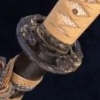



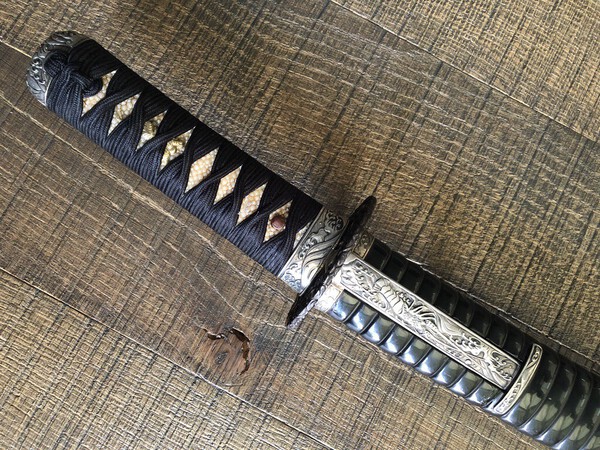











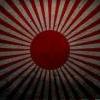





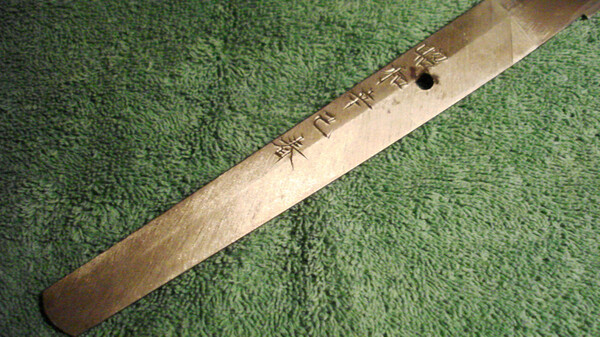

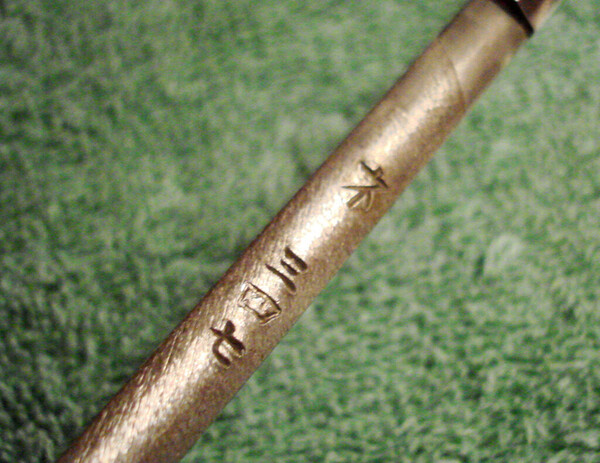
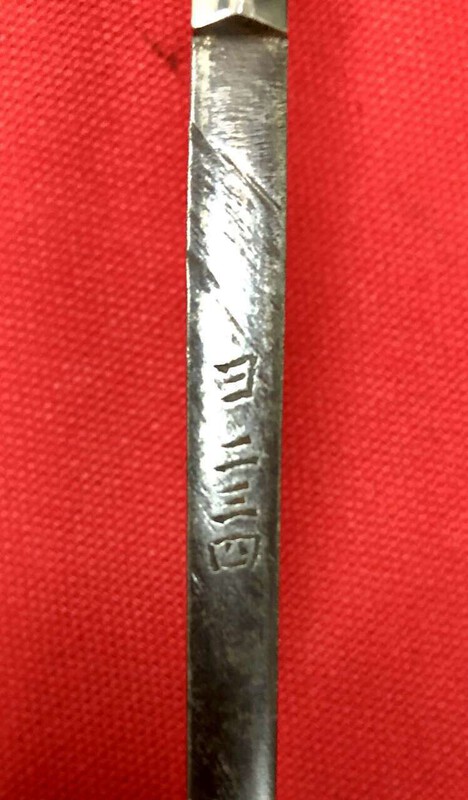

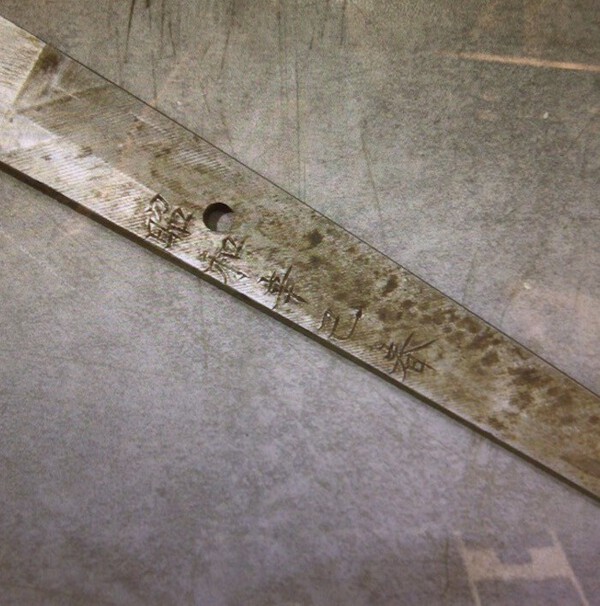
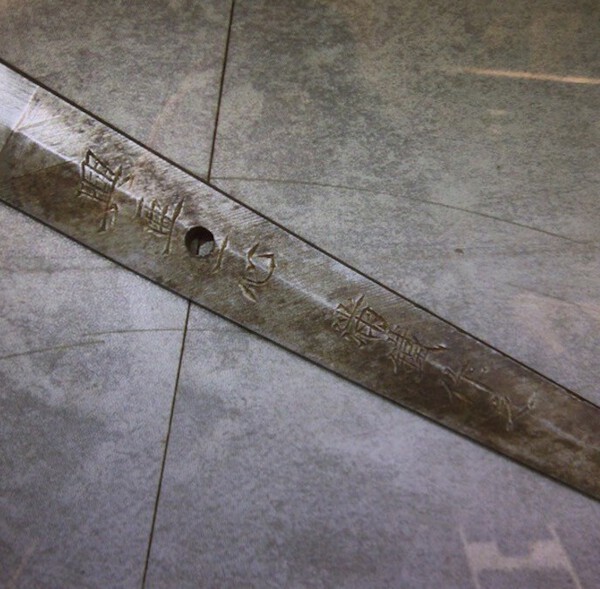
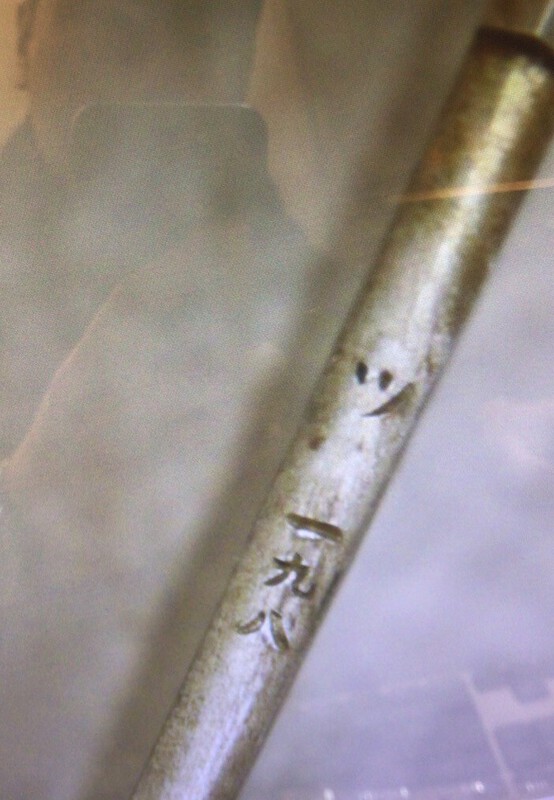


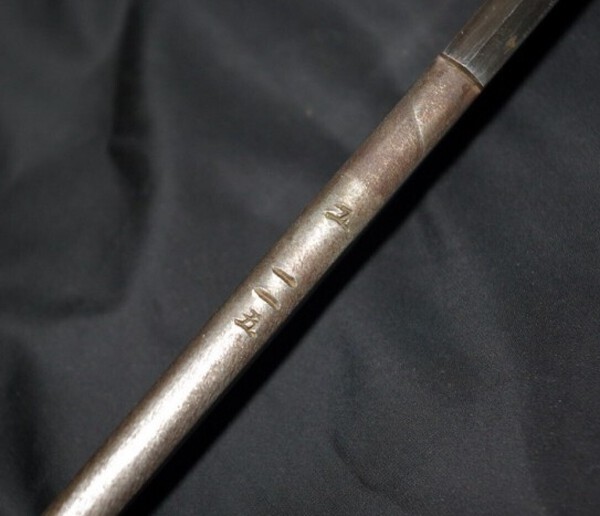
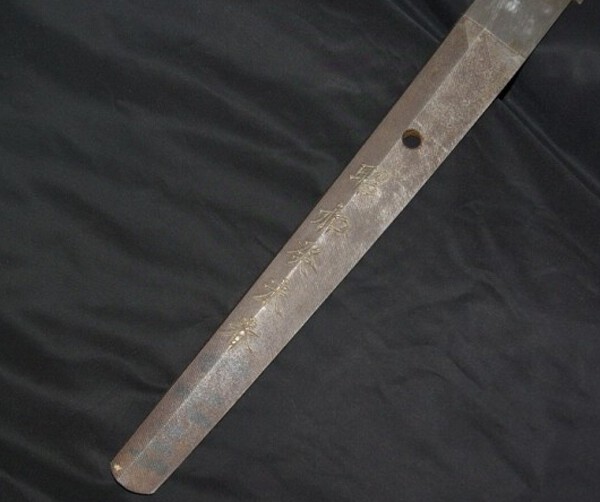
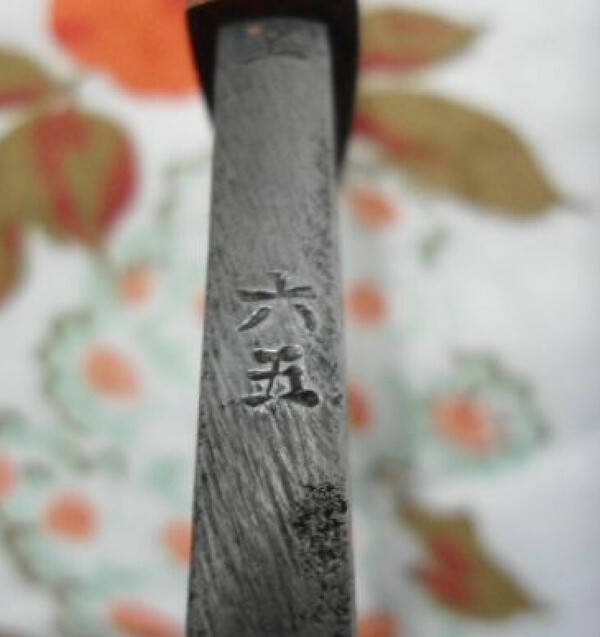
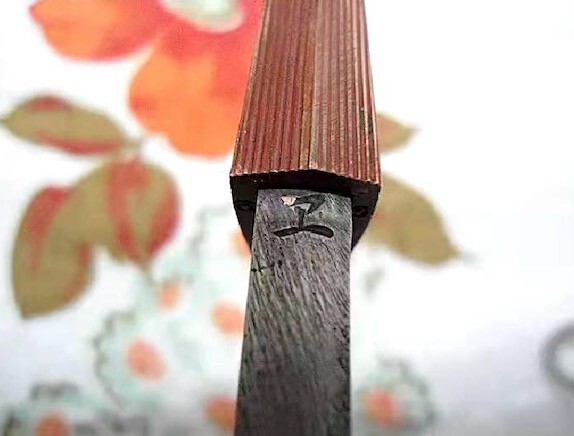
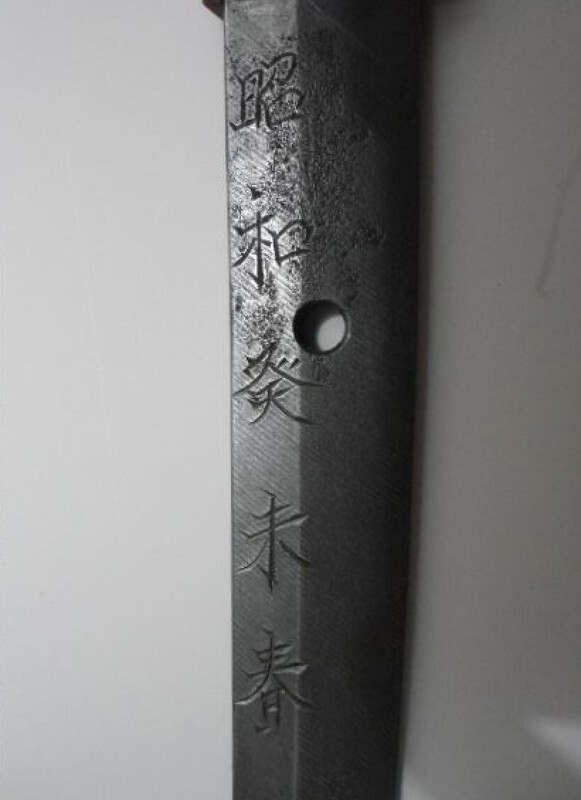
.thumb.jpeg.489b5901020fadaa0382e92621f4deba.jpeg)

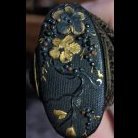


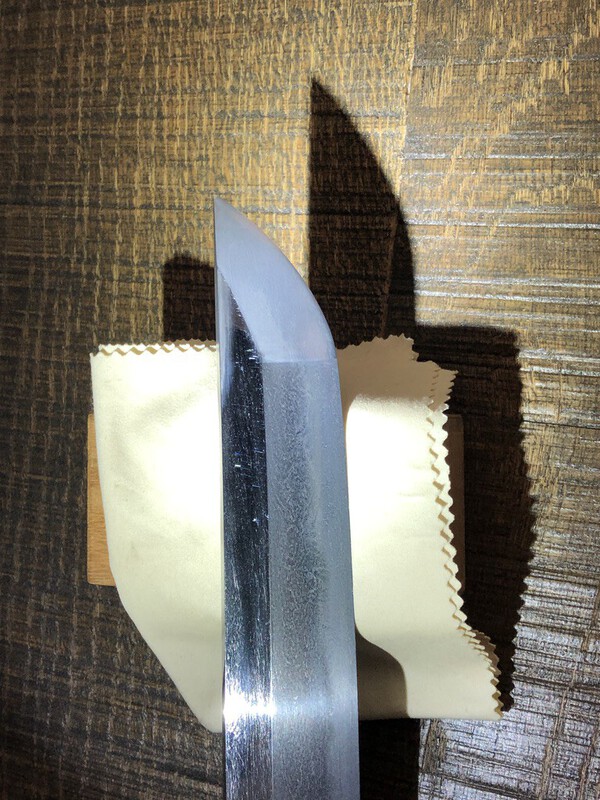










.thumb.jpg.bc10b59027a00aa142dce0349f3ba9e0.jpg)


